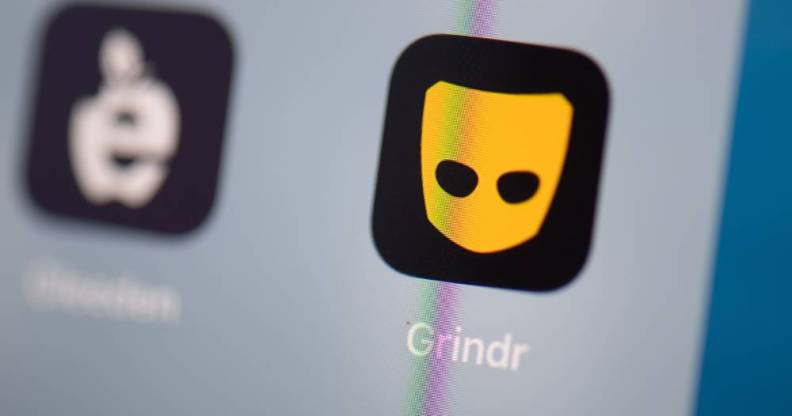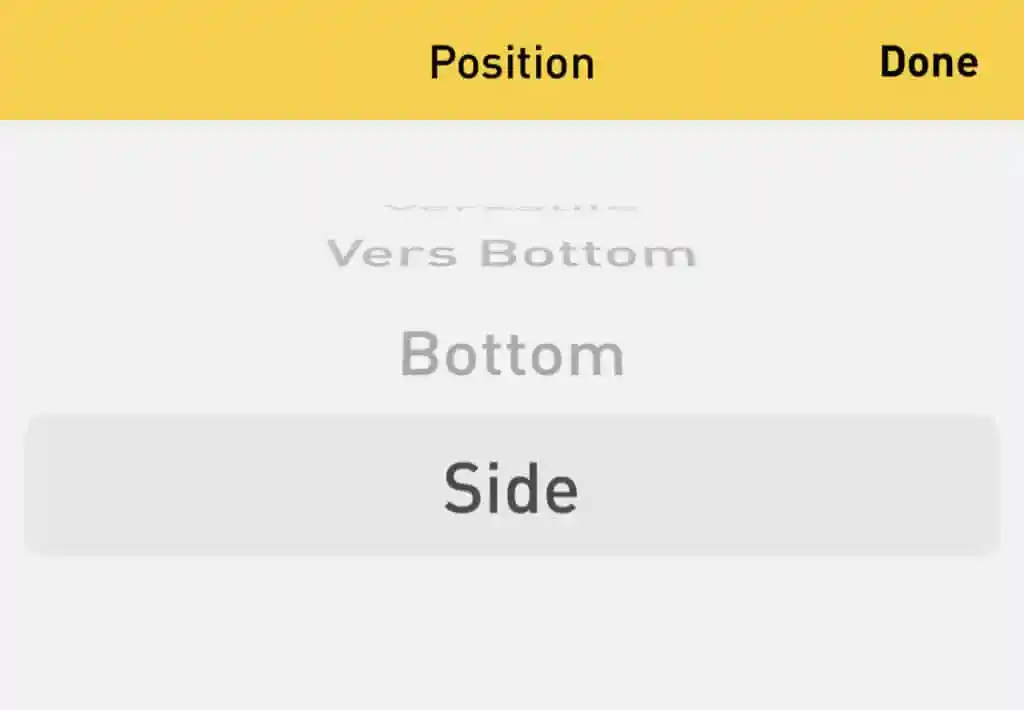Grindr adds new sexual preference beyond just top, bottom and vers: ‘I hope other apps will follow’

Queer dating app Grindr. (Martin Bureau/AFP via Getty)
Queer dating app Grindr. (Martin Bureau/AFP via Getty)
Grindr, the world’s largest dating app for queer men, has now added an option to be a ‘side’ alongside top, bottom, or versatile.
For queer people who enjoy sex but for various reasons do not enjoy anal sex, there’s a fourth option – side. Reasons can range from preference to anal sex being too physically painful to be an option.
The term was popularised by American psychotherapist Joe Kort, a clinical director and founder of The Center for Relationship and Sexual Health in Royal Oak, Michigan.
In a 2013 HuffPost, he popularised the label as a way to counter the idea that anal sex is the default way for men to connect sexually.
To Kort, adding side as an option on dating apps websites and smartphone apps is a “breakthrough” for the side community, one that has long felt “invisible” and “misunderstood”.
Since this week, the app’s nearly four million daily users have been able to list their position as a side.

Grindr has now added an option for ‘sides’. (Grindr)
Last week, Kort shared a screenshot of an email from Grindr administrators that confirmed that the dating app was prepping to add “side” to a list of options on Grindr bios.
“We wanted to let you know some of the good news!” a representative emailed.
“We have listened to your feedback and, in the next release (about two-to-three weeks away), we will be adding ‘Side’ as a position and a filter!”
#grindr @grindr is adding “side” to its positions. I created a this term in 2013. I’m so proud!! pic.twitter.com/JyZy8uPXPo
— DrJoeKort (@drjoekort) May 4, 2022
Sides love a lot of things, Kort said. Kissing, hugging, rimming, oral sex and more – just not penetrative anal sex. Anal sex isn’t the be-all, end-all of male-on-male sex.
Some side out of necessity, he added. Men who have undergone prostate surgery and suffered nerve damage to the penis, or suffered from other issues such as haemorrhoids can make anal sex uncomfortable or even impossible.
From the Ancient Greeks to Charli XCX stans, the queer world has long been shaped by the concepts of topping and bottoming, Kort said. But historians and academics stress that these polarising identities can come with baggage.
To bottom, for example, has for centuries been entangled with misogynistic ideas that to be penetrated is to be weak. The idea is so deeply embedded that a study found that queer men judge whether someone is a top or bottom based on how masculine they appear to be.
Kort said that men who receive anal sex often struggle with feelings of shame because of this – sides do, too. To not be a top, bottom or versatile can make some sides feel they are not “authentic” or engaging in “real” sex.
“A lot of tops and bottoms call sides boring, virgins, trauma survivors, ‘you haven’t met the right guy,’ give me 10 minutes inside you and you’ll be speaking a different tune, et cetera,” he said, adding that some sides feel “pressured” to have anal sex.
Loneliness, he added, can be a major problem for sides. “Like, you’ll never find a partner because it seems, to them, that everybody’s engaged in anal sex,” Kort said.
But Grindr adding side as an option in the company with the typical tops and bottoms could change this. “It’s giving sides a sense of belonging like they don’t have to feel left out of the gay male community sexually,” Kort said.
Some Twitter users who are sides praised Grindr for the move, one they see as something that will validate countless queer men.
Grindr has added a new ‘role’ on the app: Side. Finally I feel validated. Let’s see if I can find a match. Hehe— 𐑕𐑵𐑓𐑾𐑯 (@mangomause) May 13, 2022
https://twitter.com/Somboy93/status/1523703331377405953
https://twitter.com/updatedmichael/status/1525186225359159302
“I hope this means other apps will follow,” Kort said, “and this will become an increasingly understandable and aware position in the community.”
PinkNews contacted Grindr for comment.

